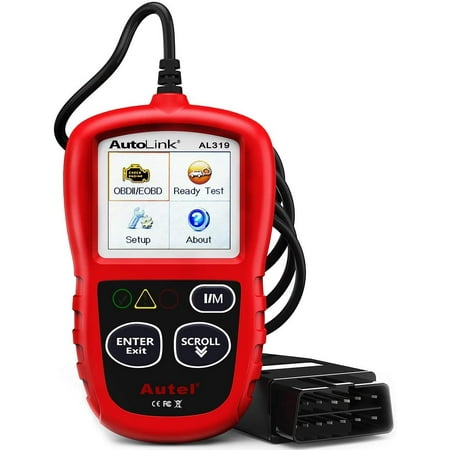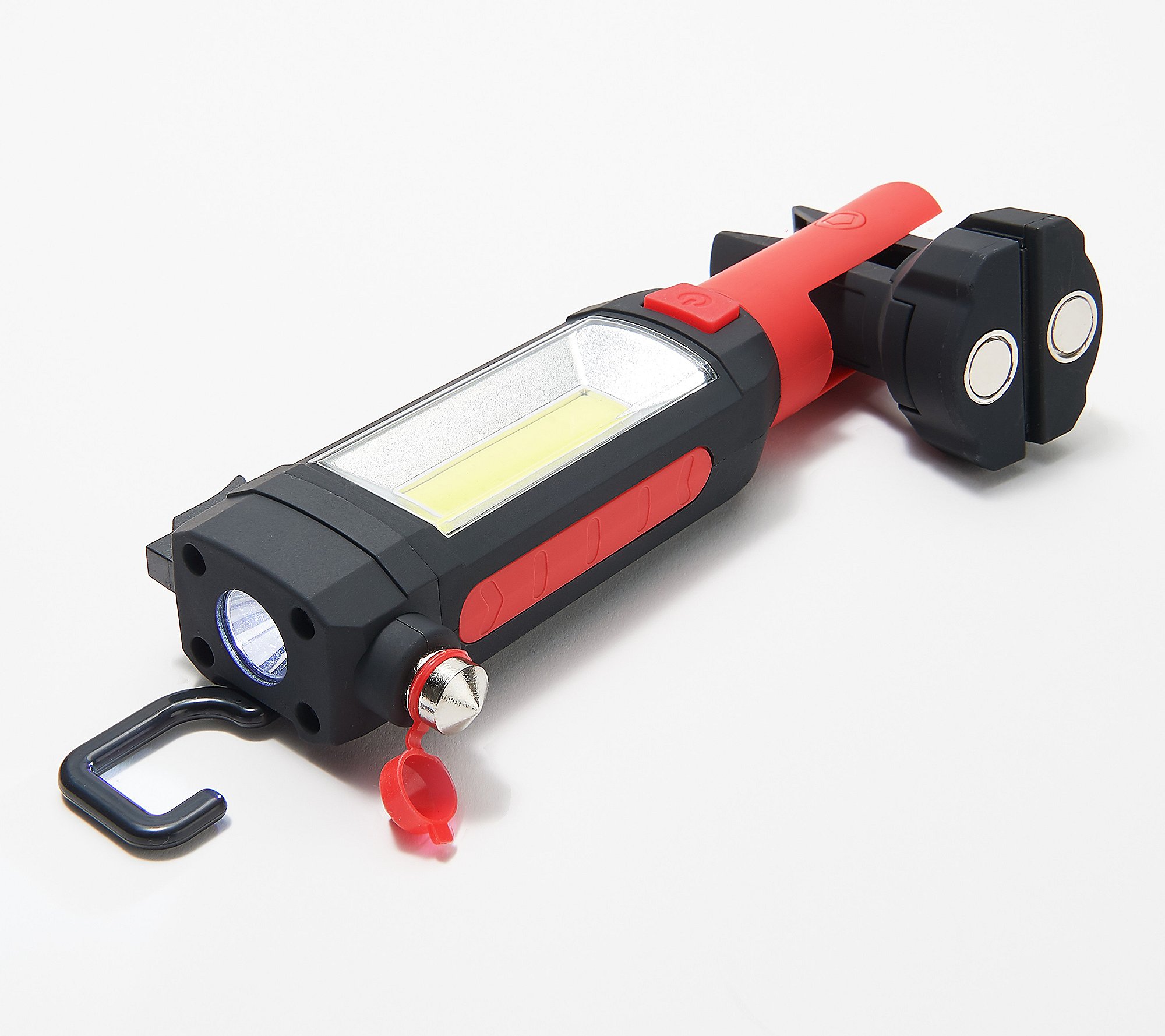Autel AutoLink AL319 OBD2 Scanner Car Diagnostic Code Reader Automotive Engine Fault CAN Scan Tool
FOR END USER & DIYERS :This error code reader is ¡°plug and play¡± and comes with an easy interface. Even if you¡¯re not familiar with vehicle repair, you can quickly take control of this code reader, and get the information you want. TURN OFF CEL: This car diagnostic tool supports Reading DTCs, displaying Live Data, Freeze Frame & I/M Readiness etc to figure out the root cause of the Check Engine Light (CEL) and turning it off, to help you detect any potential problems, and to avoid excessive costs for unnecessary repairs. EXTENSIVE APPLICATION: Compatible with 7 languages (English, French, Spanish, etc.) and various post-1996 OBD II protocol vehicles (Toyota, Nissan, Honda, Ford, etc.), this OBD II scanner provides accurate and fast diagnosis for worldwide car owners. USER-FRIENDLY DESIGN : This check engine code reader features a patented One-Click I/M Readiness Key, TFT color display, built-in speaker, LED Indicator etc. The cable is long enough without being too long and getting in the way. No batteries are needed. HIGH-QUALITY SERVICES : 12 months warranty from the date of purchase and lifetime free update are offered by this Automobile OBDII scan tool. Welcome to contact us via Q&A, email, or hotline, and our after-sale-service team for technical support. Why You Need Autel OBD2 Scanner AL319? 1. OBDII function: available to read codes / clear DTCs (turn off MIL), and read freeze frame data, and data stream for accurate diagnosis. 2. Patented One-Click I/M Readiness: quick State Emissions readiness check and verification. 3. DTC Definition: the code reader displays DTC definitions in English, Spanish, French, etc. on the TFT screen. 4. Unique Design: Based on bright color-coded LED and built-in speaker, the scanner offers both visual and audible indication.















Reviews
There are no reviews yet.